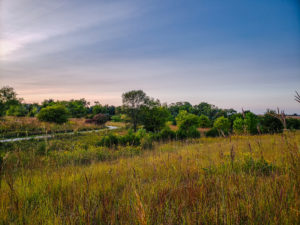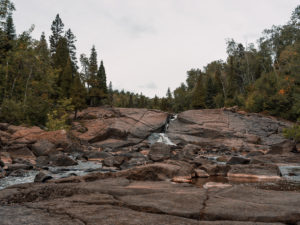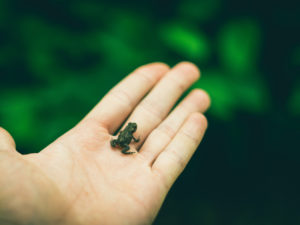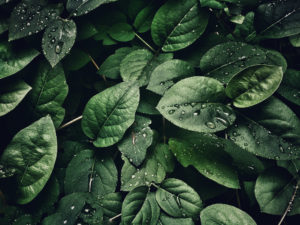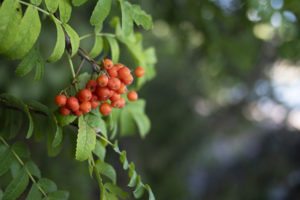Recognize Your Place in the Web of Life
An ecosystem is made up of all the animals and plants, bodies of water, rocks, and other elements of a particular place. All the aspects of an ecosystem depend on all the other things for continued survival—for food, shelter, and other needs.
The idea of the web of life is shown by the interdependence within an ecosystem. In a typical prairie ecosystem, for example, the web might work like this: the sun provides energy for the grass; grasshoppers feed on the grass; birds and frogs eat the grasshoppers; snakes eat birds, frogs and mice; owls and hawks will eat the birds as well as snakes, frogs and mice. When an animal dies, it is decomposed by worms, fungi, and bacteria action and nutrients are released to the soil during the decaying process for the grass to use again.
Today, human activities have a huge impact on ecosystems. We can see these changes everywhere. For example, when trees are taken down in a Minnesotan forest, the ecosystems change as interrelated species struggle to survive, and as the local humidity and the climate both change. In many ways, the actions and reactions that take place within an ecosystem are like a spider web—when one strand is broken, the web starts to unravel. What affects one part of an ecosystem, affects the whole in some way.
As an individual, you can consider your impact on the ecosystem you are part of. What do you take from your ecosystem? What do you give to it, if anything?
Did you take this action? Report it!
Help us show our collective community impact by reporting that you took this action.
